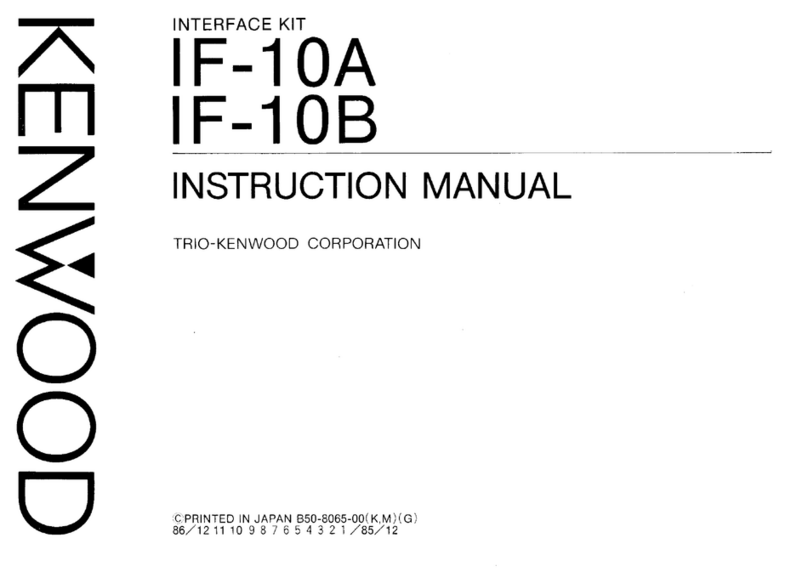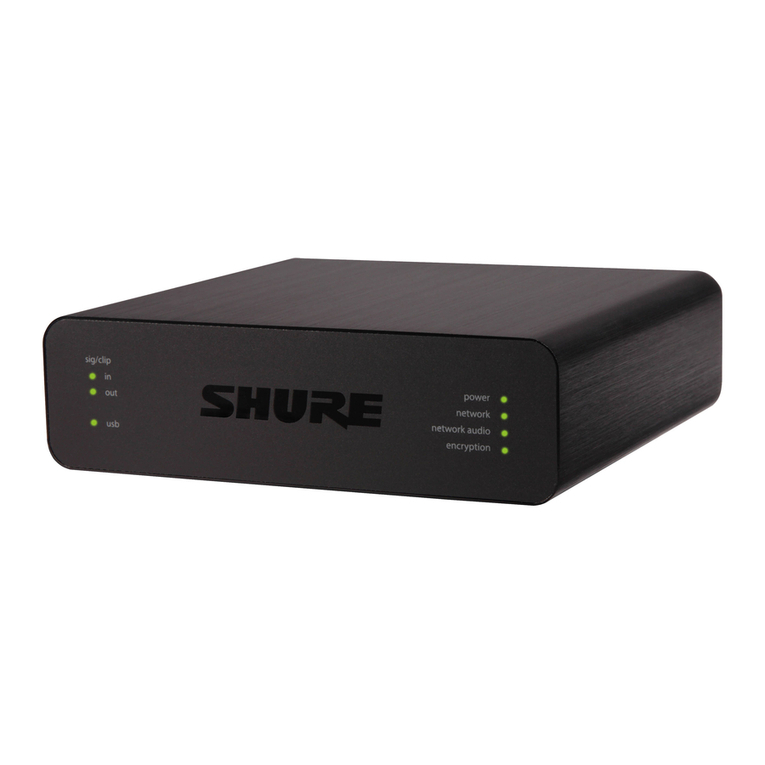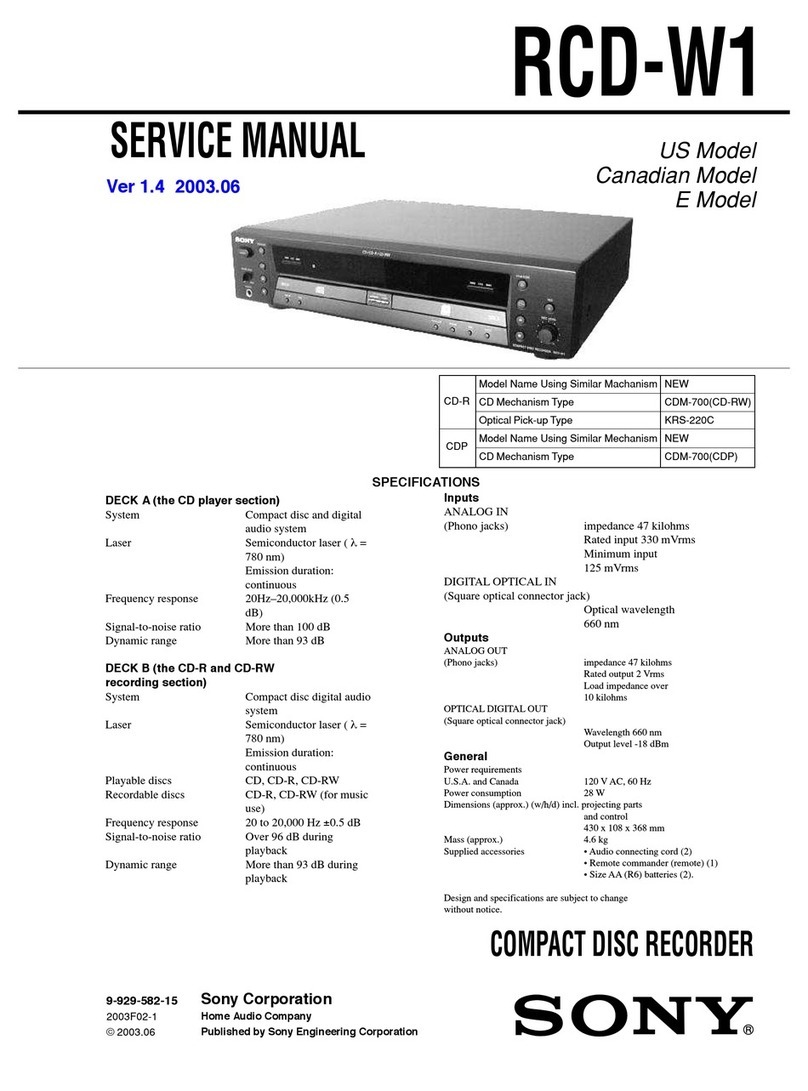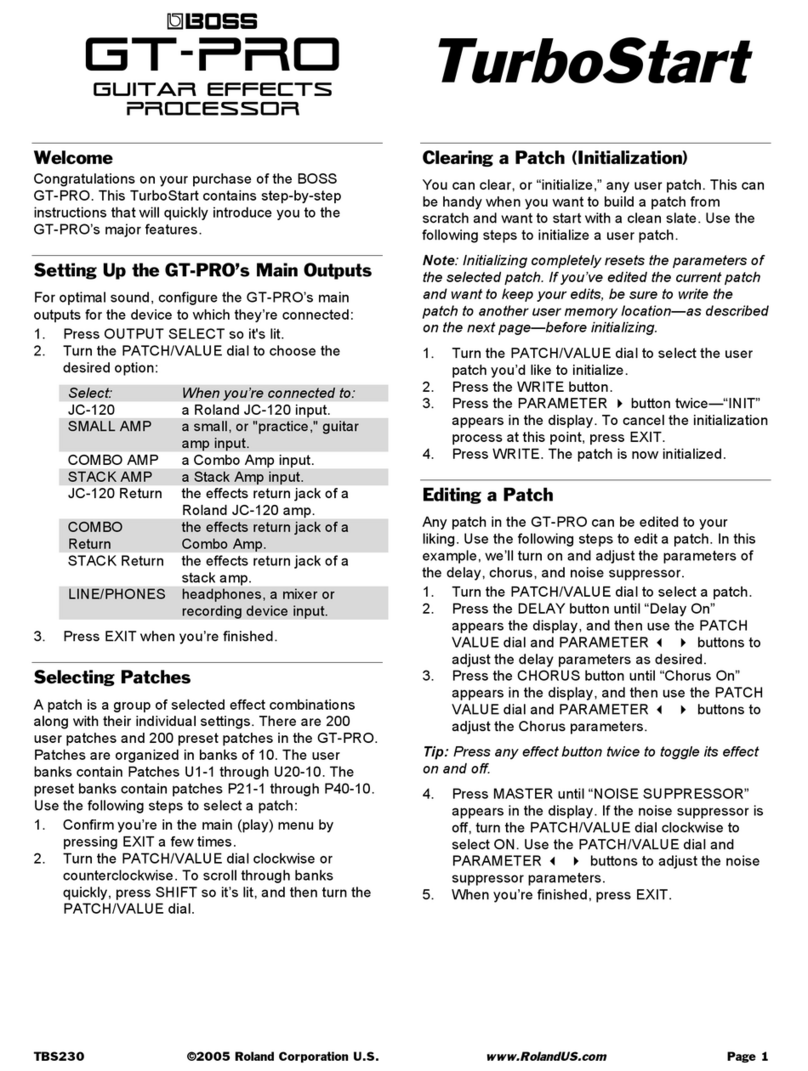Kenwood GE-970 User manual
Other Kenwood Recording Equipment manuals
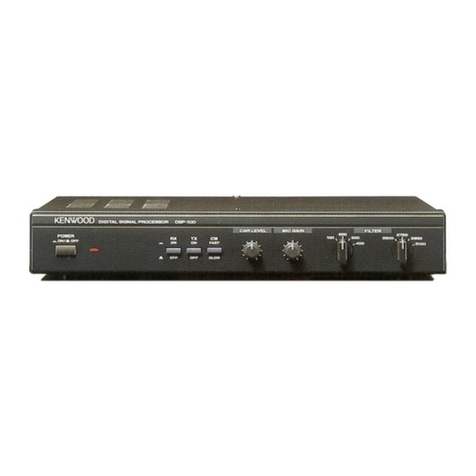
Kenwood
Kenwood DSP-100 User manual
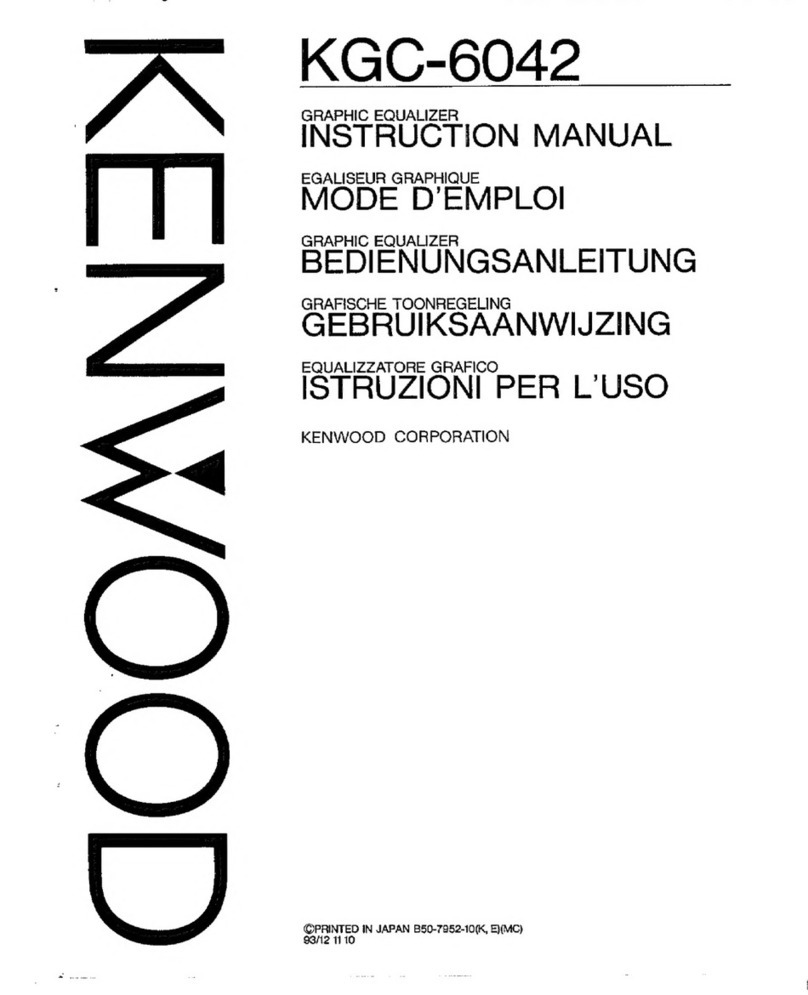
Kenwood
Kenwood KGC-6042 User manual
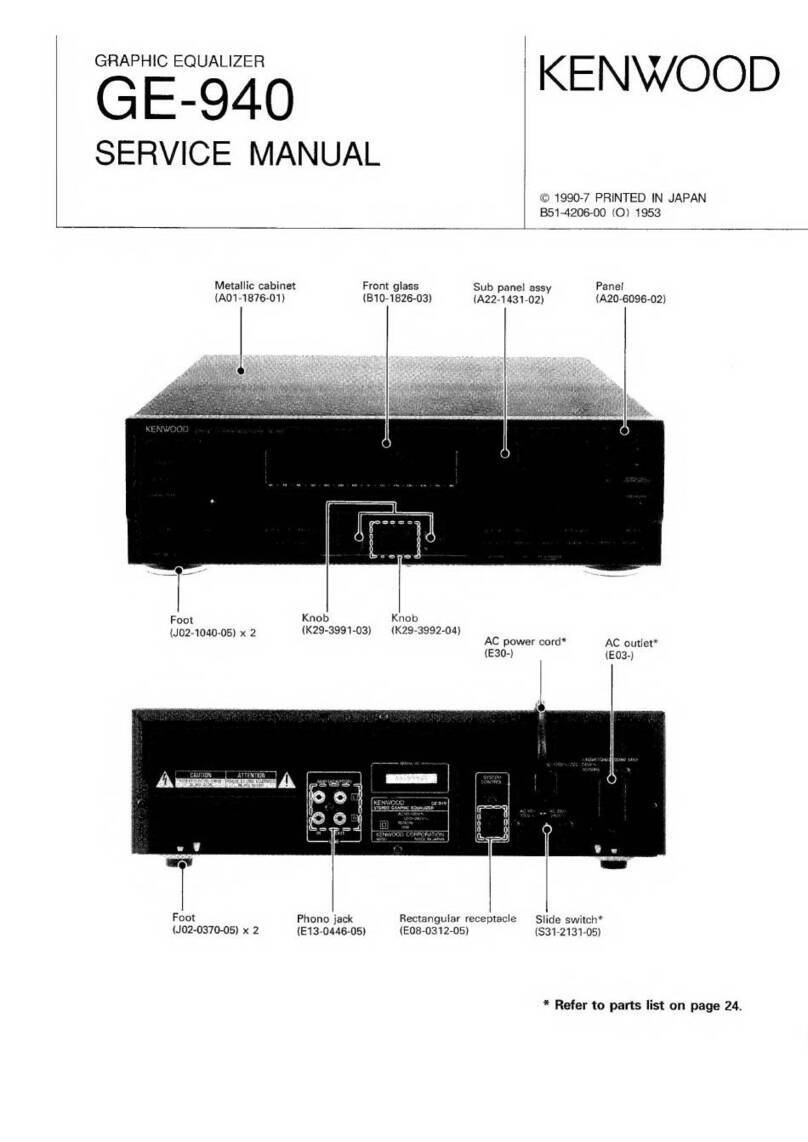
Kenwood
Kenwood GE-940 User manual

Kenwood
Kenwood TK-930 User manual
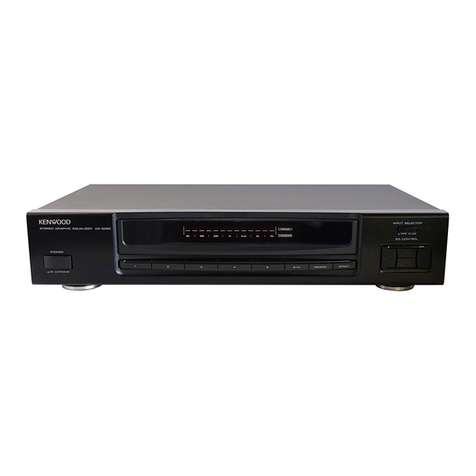
Kenwood
Kenwood KE-2060 User manual
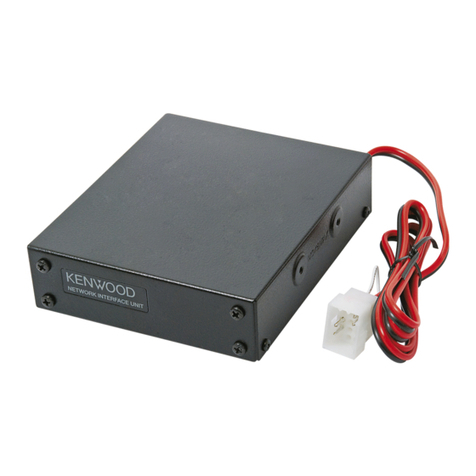
Kenwood
Kenwood Nexedge KTI-3 User manual

Kenwood
Kenwood KE-894 User manual
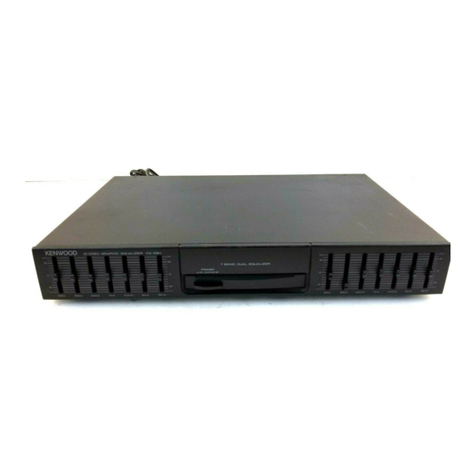
Kenwood
Kenwood KE-294 User manual
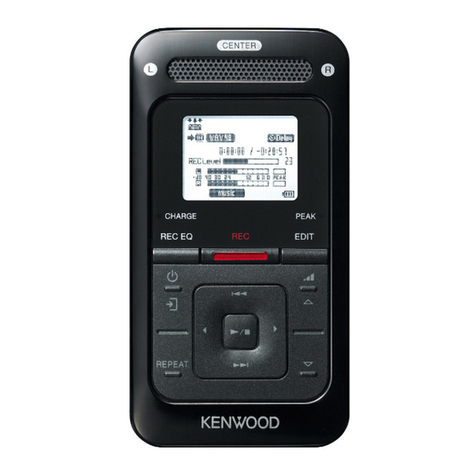
Kenwood
Kenwood MGR-A7 User manual
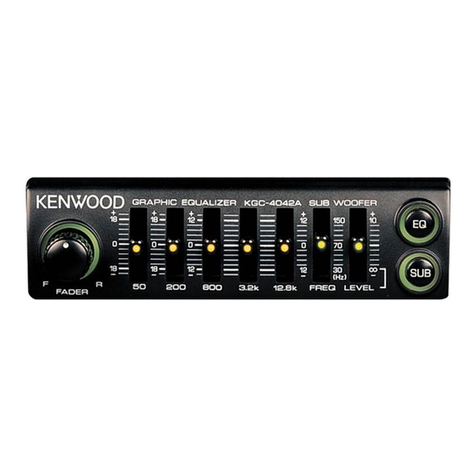
Kenwood
Kenwood 4042A - KGC Equalizer / Crossover User manual

Kenwood
Kenwood MGR-E8 User manual
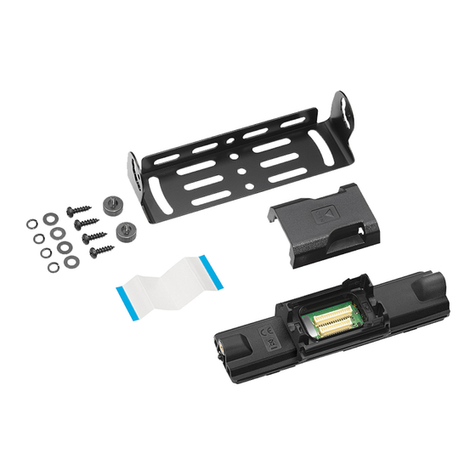
Kenwood
Kenwood KRK-18H User manual
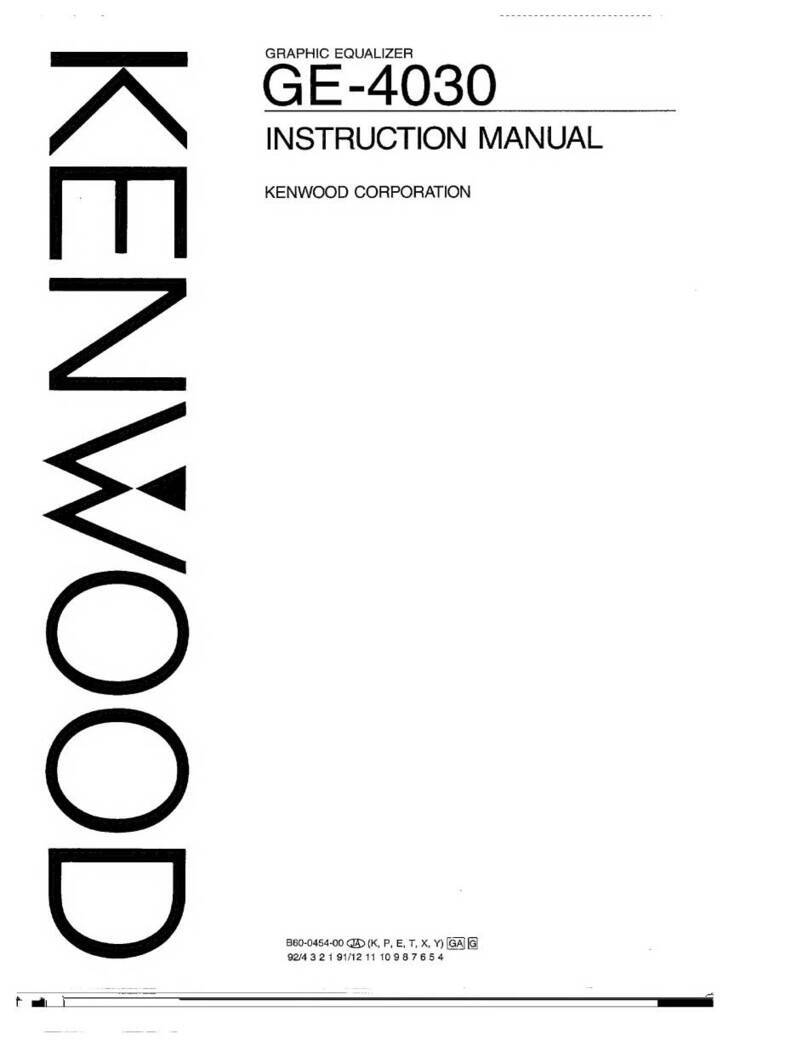
Kenwood
Kenwood GE-4030 User manual

Kenwood
Kenwood GE-940 User manual
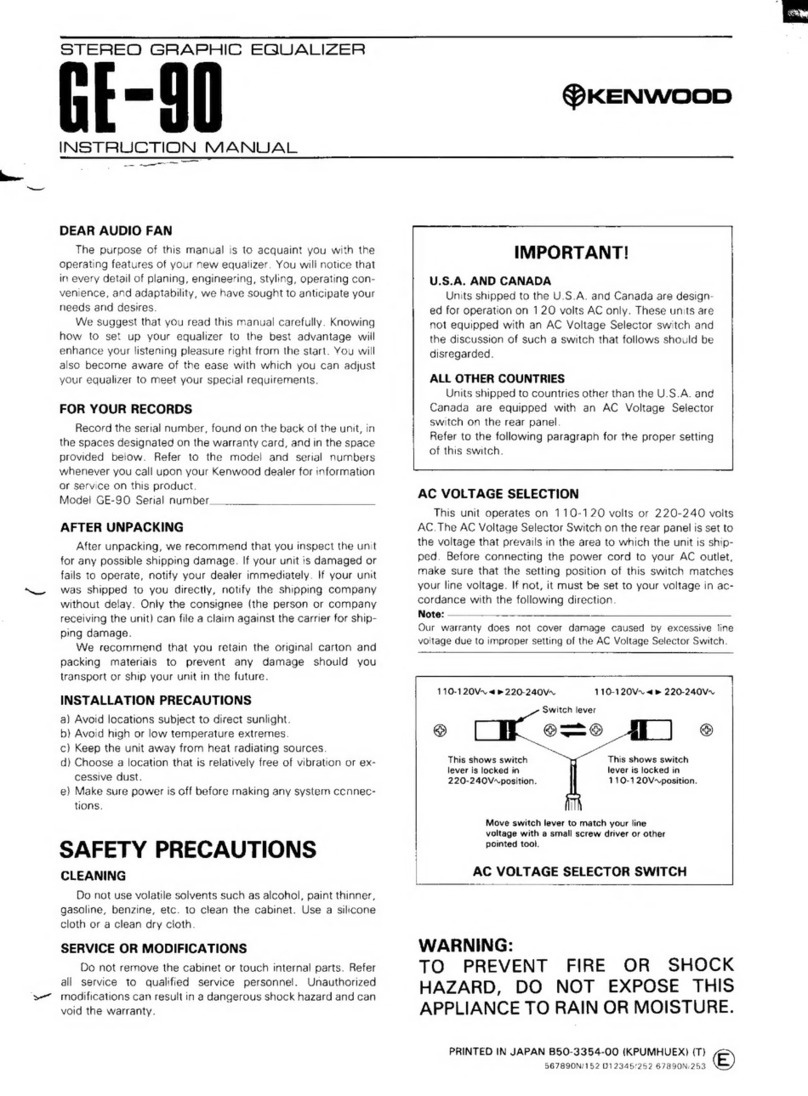
Kenwood
Kenwood GE-90 User manual
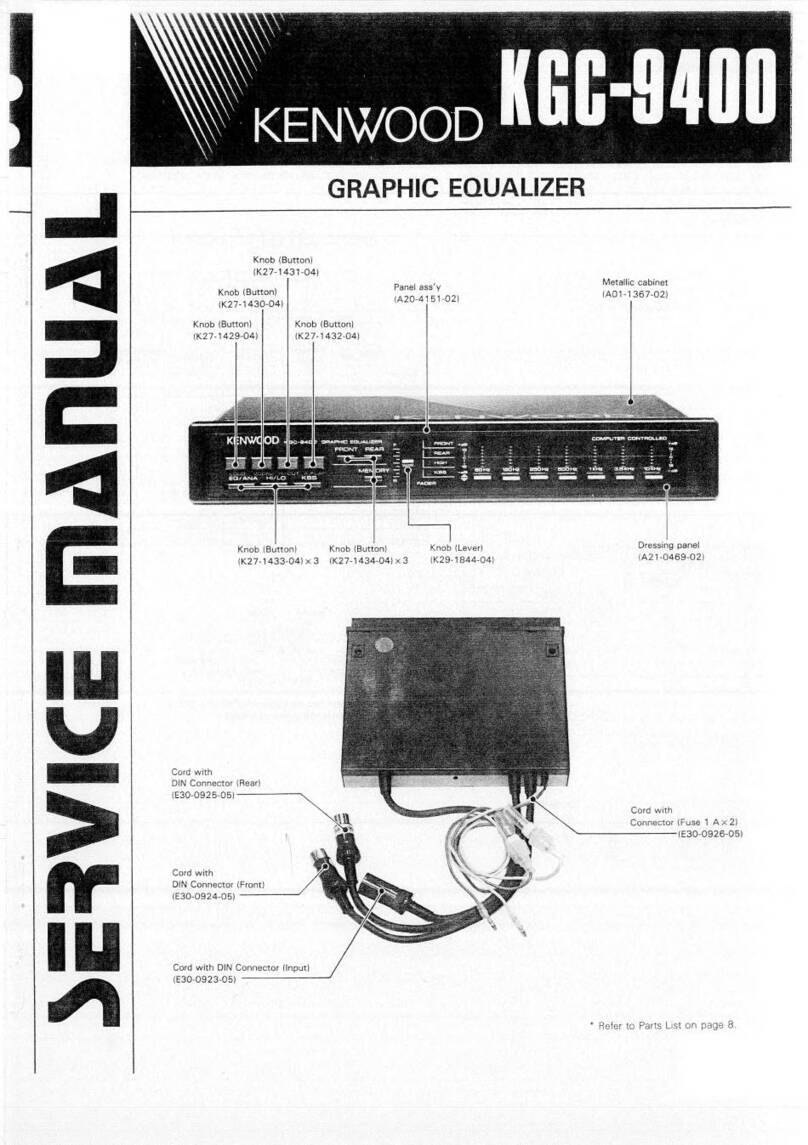
Kenwood
Kenwood KGC-9400 User manual

Kenwood
Kenwood KE-7090 User manual
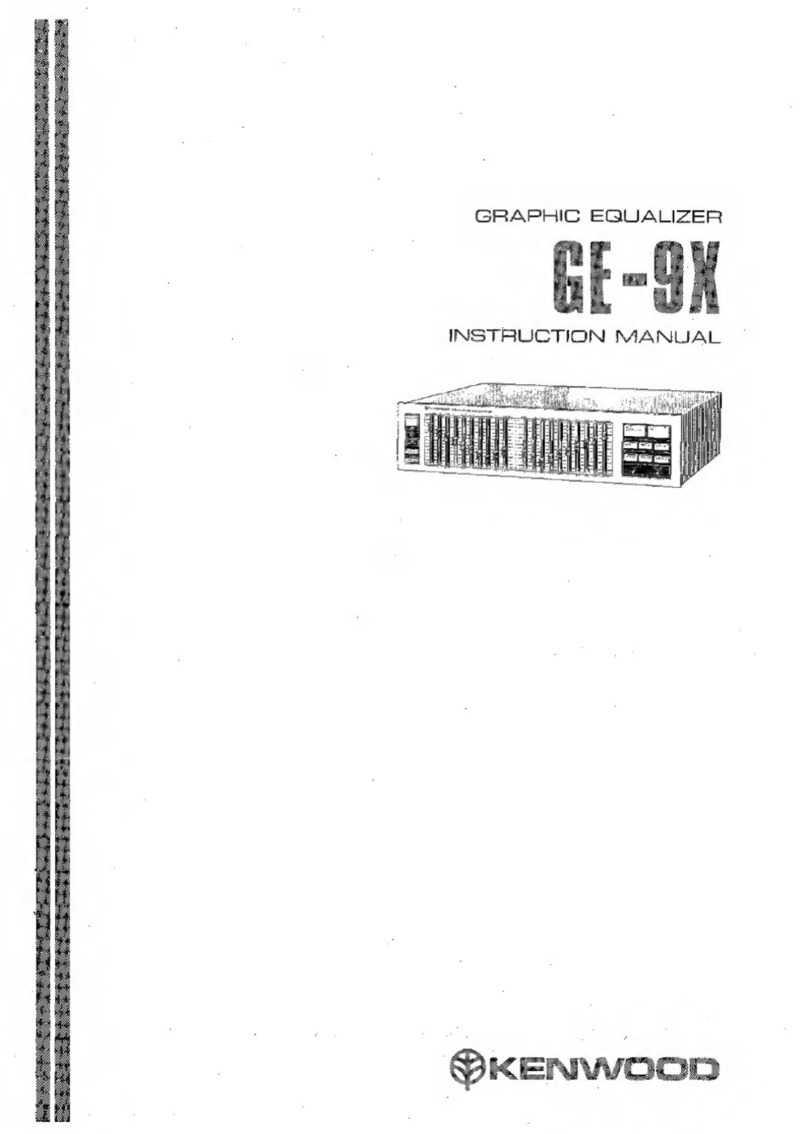
Kenwood
Kenwood GE-9X User manual
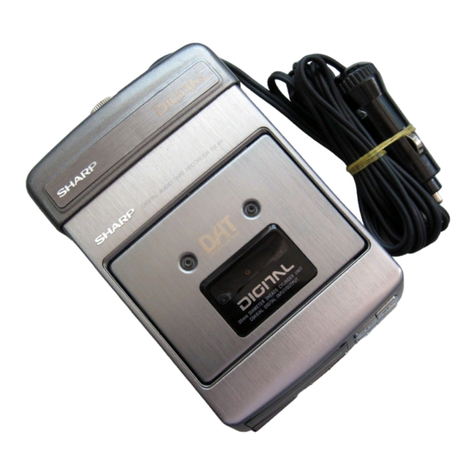
Kenwood
Kenwood DX-7 User manual
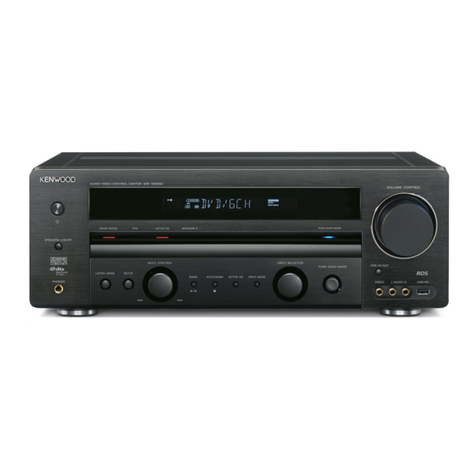
Kenwood
Kenwood KRF-V6200D User manual
